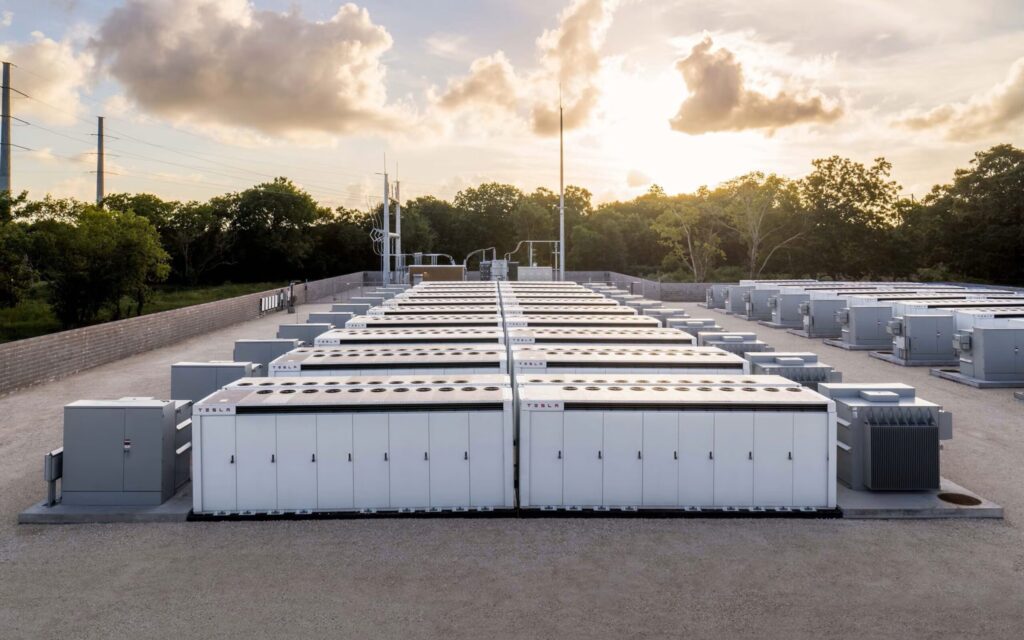A new era of energy transformation is underway, driven by three major megatrends reshaping how power is generated, distributed, and consumed. These trends, spanning technological advancements, policy shifts, and economic forces, are set to define the future of global energy markets.
1. Renewable Energy Expansion
The global shift toward renewable energy sources is accelerating, fueled by declining costs, technological innovations, and strong policy support.
- Cost Competitiveness:
- Solar and wind energy have reached price parity with fossil fuels in many regions, making them viable alternatives for power generation.
- Storage Breakthroughs:
- Advances in battery storage technology are mitigating the intermittency of renewables, enabling a more stable and reliable energy supply.
- Government Incentives:
- Policies such as tax credits, subsidies, and emissions reduction targets are driving further investment in clean energy infrastructure.
2. Electrification of Key Sectors
Electrification is becoming a dominant force in transportation, industry, and heating, reducing dependence on fossil fuels.
- Electric Vehicles (EVs):
- EV adoption is surging globally, with automakers committing to phasing out internal combustion engines and expanding charging infrastructure.
- Industrial Decarbonization:
- Heavy industries such as steel and cement are increasingly turning to electric and hydrogen-based production methods to cut emissions.
- Smart Grids and Demand Response:
- Digital grid technologies are optimizing electricity distribution, enhancing efficiency, and supporting electrified systems.
3. Energy Security and Supply Chain Shifts
Geopolitical tensions and shifting supply chains are redefining how nations secure their energy resources.
- Localized Production:
- Countries are investing in domestic energy production to reduce reliance on imported fuels and mitigate supply disruptions.
- Critical Minerals Supply Chains:
- The demand for lithium, cobalt, and rare earth elements has prompted efforts to diversify supply sources and develop sustainable mining practices.
- Resilience Strategies:
- Governments are prioritizing energy security measures, including strategic reserves and diversified energy portfolios, to safeguard against market volatility.
Conclusion
The global energy landscape is undergoing a profound transformation, with renewables, electrification, and energy security taking center stage. These megatrends will shape investment decisions, technological advancements, and policy frameworks in the coming decades, paving the way for a more sustainable and resilient energy future.
For more information, visit Semafor.





